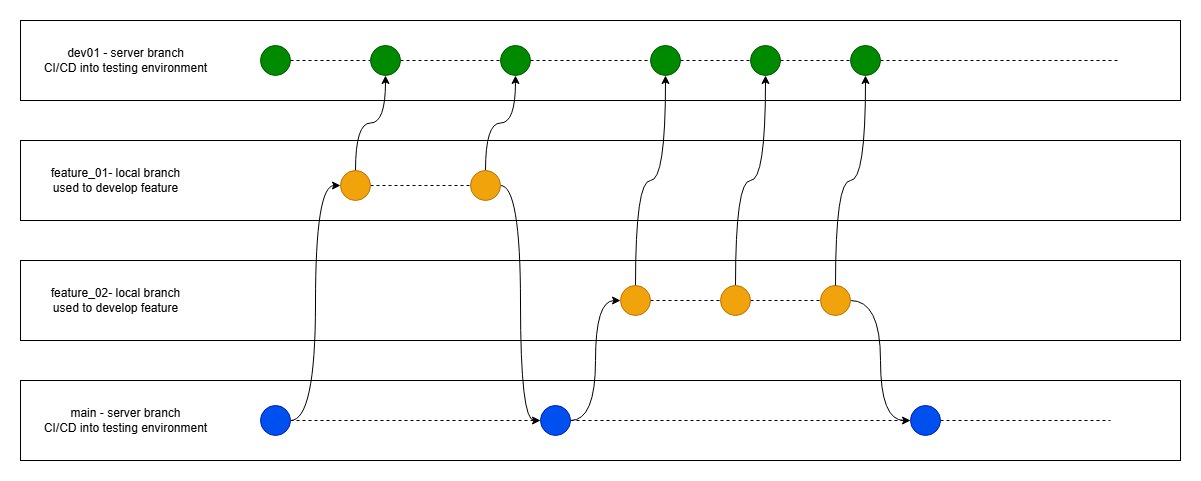9 OOP Design Patterns You Must Know
9 OOP Design Patterns You Must Know A-Creational Patterns Deal with object creation mechanism to decouple the client code from concrete classes. Factory Pattern: Centralizes object creation logic and returns different subclasses based on input Singleton Pattern: Ensures only one instance of a class exists and provides global access to it. Builder Pattern: Constructs complex objects step-by-step, allowing optional configuration. B - Structural Patterns Help compose classes and objects into larger structures. Adapter Pattern: Allows incompatible interfaces to work together by translating one interface into another. Decorator Pattern: Adds new behavior to objects dynamically without altering their original structure. Proxy Pattern: Acts as a placeholder for accessing another object. C - Behavioral Patterns Focus on communication and interaction between objects. Strategy Pattern: Allows selecting an algorithm or behavior from a family of interchangeable strategies at runtime. Observer Pattern: Enables a one-to-many dependency so that when one object changes state, all its dependents are notified. Command Pattern: An object encapsulates all information needed to perform an action or trigger an event. Over to you: Which of these patterns have you used?

9 OOP Design Patterns You Must Know
A-Creational Patterns
Deal with object creation mechanism to decouple the client code from concrete classes.
Factory Pattern: Centralizes object creation logic and returns different subclasses based on input
Singleton Pattern: Ensures only one instance of a class exists and provides global access to it.
Builder Pattern: Constructs complex objects step-by-step, allowing optional configuration.
B - Structural Patterns
Help compose classes and objects into larger structures.
Adapter Pattern: Allows incompatible interfaces to work together by translating one interface into another.
Decorator Pattern: Adds new behavior to objects dynamically without altering their original structure.
Proxy Pattern: Acts as a placeholder for accessing another object.
C - Behavioral Patterns
Focus on communication and interaction between objects.
Strategy Pattern: Allows selecting an algorithm or behavior from a family of interchangeable strategies at runtime.
Observer Pattern: Enables a one-to-many dependency so that when one object changes state, all its dependents are notified.
Command Pattern: An object encapsulates all information needed to perform an action or trigger an event.
Over to you: Which of these patterns have you used?






































































































































































![[The AI Show Episode 145]: OpenAI Releases o3 and o4-mini, AI Is Causing “Quiet Layoffs,” Executive Order on Youth AI Education & GPT-4o’s Controversial Update](https://www.marketingaiinstitute.com/hubfs/ep%20145%20cover.png)



























































































































![[DEALS] Microsoft 365: 1-Year Subscription (Family/Up to 6 Users) (23% off) & Other Deals Up To 98% Off – Offers End Soon!](https://www.javacodegeeks.com/wp-content/uploads/2012/12/jcg-logo.jpg)




![From Art School Drop-out to Microsoft Engineer with Shashi Lo [Podcast #170]](https://cdn.hashnode.com/res/hashnode/image/upload/v1746203291209/439bf16b-c820-4fe8-b69e-94d80533b2df.png?#)








































































































(1).jpg?#)
































_Inge_Johnsson-Alamy.jpg?width=1280&auto=webp&quality=80&disable=upscale#)














































































































![Apple to Split iPhone Launches Across Fall and Spring in Major Shakeup [Report]](https://www.iclarified.com/images/news/97211/97211/97211-640.jpg)
![Apple to Move Camera to Top Left, Hide Face ID Under Display in iPhone 18 Pro Redesign [Report]](https://www.iclarified.com/images/news/97212/97212/97212-640.jpg)
![Apple Developing Battery Case for iPhone 17 Air Amid Battery Life Concerns [Report]](https://www.iclarified.com/images/news/97208/97208/97208-640.jpg)
![AirPods 4 On Sale for $99 [Lowest Price Ever]](https://www.iclarified.com/images/news/97206/97206/97206-640.jpg)

































![[Updated] Samsung’s 65-inch 4K Smart TV Just Crashed to $299 — That’s Cheaper Than an iPad](https://www.androidheadlines.com/wp-content/uploads/2025/05/samsung-du7200.jpg)


































































